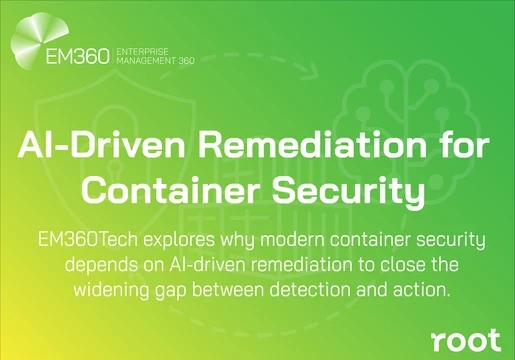More companies are now beginning to migrate their workloads to a public cloud environment. However, a recent whitepaper from Ixia indicates that many enterprise IT teams have experienced "problems with the migration from their physical on-premises networks to their new cloud instances."

Public cloud migration issues
According to a Dimensional Data survey, 88% of companies have experienced some sort of issue with their cloud environment. This is reportedly due to a lack of visibility, alongside performance problems, service outages, and missed security threats.
"Most issues stem from one fundamental misconception," Ixia observed. Although moving workloads to the cloud may seem as simple as a "lift and shift" approach, moving networking monitoring, performance monitoring, security architectures is not as simple.
Today, IT teams are increasingly under pressure to improve operational responsibilities. One of the current temptations is to "spin up" a public cloud instance to offer applications as quickly as possible.
According to Ixia, there are seven key issues when it comes to public cloud migration. There is also a checklist of items that must be addressed to ensure a move to the cloud is successful.
Seven deadly sins
First and foremost, many companies fail to understand what they are migrating and why. A key consideration is to identify workflow types that need to migrate, alongside which cloud solution to deploy.
Selecting the right kind of cloud provider solution is also key to a successful migration. Single vendor, multi-vendor, and hybrid cloud are all viable options, but the decision dictates uptime, complexity, costs, vendor lock-in, data access, and control.
It is also integral that companies minimise cloud solution management issues. The interface's ease of use and the need to manage the solution from a network operations centre must both be considered.
Organisations should also consider implementing extra cloud security, as firewall access lists are unreliable as a sole security defence. Companies also need packet data, not flow data, for deep packet inspection in the cloud.
In order for security and monitoring solutions to perform well, they require full visibility into the network. It is therefore integral that companies employ network visibility components in order to decrease blind spots, troubleshooting, and monitoring costs.
An unrealistic understanding of the solution performance can cause problems. When it comes to application performance, IT managers should add a cloud visibility solution " to capture key pieces of packet data required for troubleshooting, performance, and compliance activities."
Finally, incorrect efficiency expectations can also hinder a company's migration process. "You need a high level of efficiency" to maintain the benefits of the cloud, which IT operations can achieve using a cloud-based visibility solution.
Want to learn more? Watch our latest episode of Tech Chat, in which Tom, Max and Ross discuss CRM and cloud initiatives







Comments ( 0 )